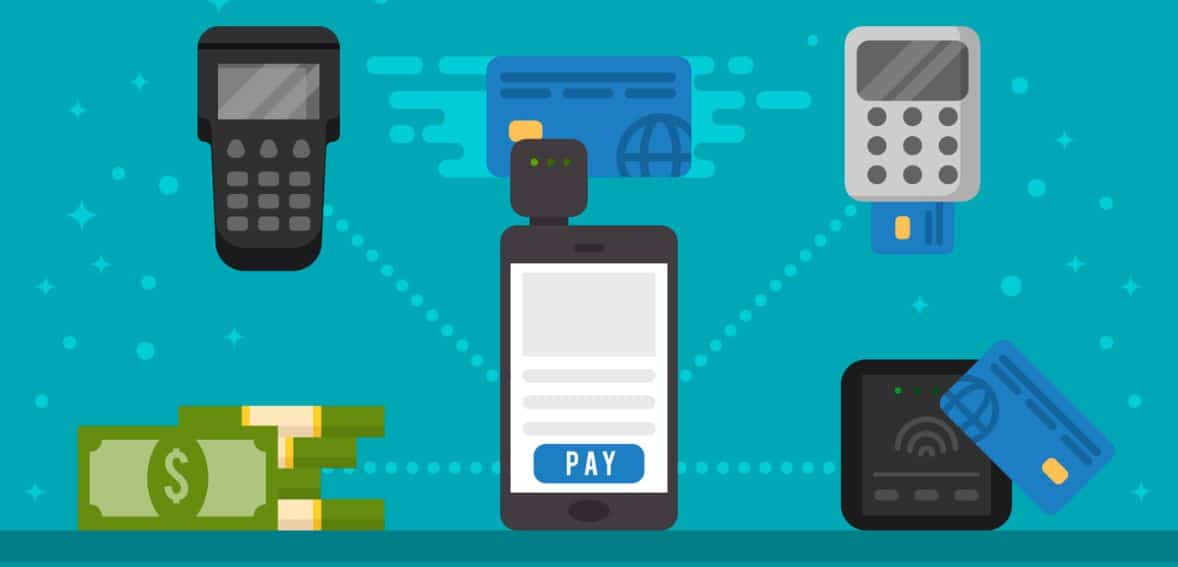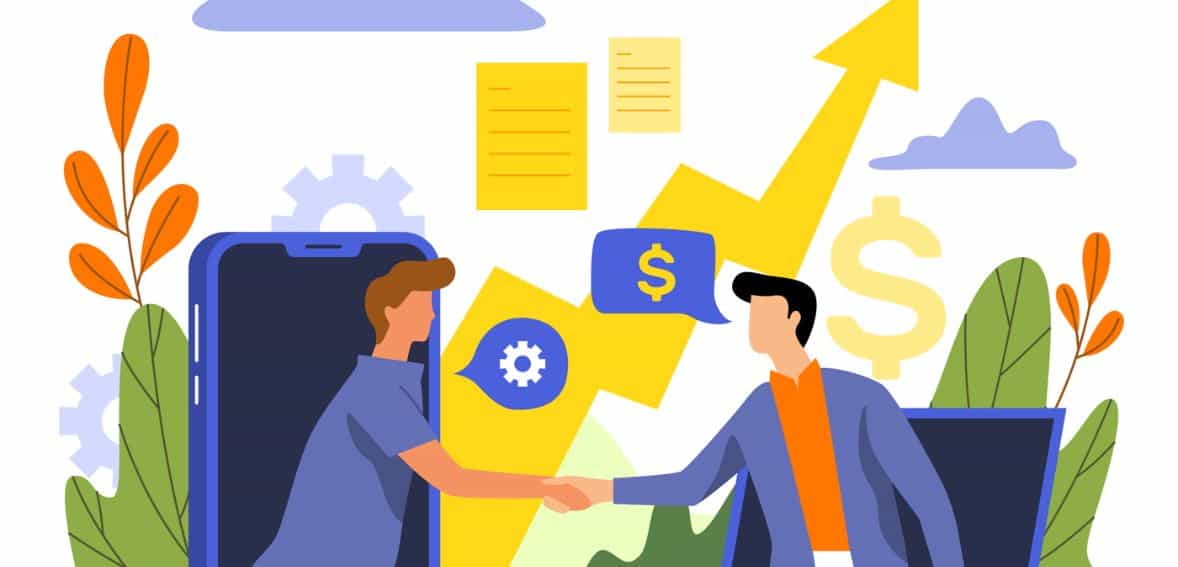
By American August 22, 2025
Switching payment providers is a strategic choice that can have a big impact on a company’s future; it’s not just a technical one. Payment processing is central to cash flow, customer interactions, and business continuity for many businesses. However, switching becomes essential when companies outgrow their current provider or experience persistent annoyances with exorbitant costs, inadequate support, or restricted functionality.
But carrying out this shift without causing sales hiccups or eroding consumer confidence is the difficult part. Business owners frequently put off switching to a better provider out of concern for outages, lost transactions, or perplexed clients. Given that payments are the crucial final phase in the customer journey, these worries are reasonable.
Switching payment providers doesn’t have to feel risky, which is good news. Businesses can make a seamless transition and guarantee uninterrupted sales with the correct step-by-step strategy, thorough planning, and open communication. More significantly, if done correctly, the transition can boost operational effectiveness, improve customer satisfaction, and even foster greater enduring loyalty.
Understanding the Need for Change
It’s critical to understand why companies decide to switch in the first place before delving into the actual switching process. Rarely is the choice made in a single day. Businesses frequently struggle for months or even years before recognizing that their present supplier is impeding their progress. Excessive processing fees that gradually reduce profit margins are the source of annoyance for some.
Others find that the absence of contemporary features—like cross-border transactions, subscription billing, or support for mobile wallets—is the problem. Inadequate customer service can occasionally be a source of frustration, as delayed responses to technical problems can result in expensive downtime. Businesses that don’t adjust run the risk of falling behind as markets and customer expectations change. Years ago, a payment provider that seemed adequate might now be a roadblock.
Recognizing these red flags is the first step in making a change. Instead of waiting until a major crisis forces a sudden switch, forward-thinking businesses take a proactive approach. They view payment processing as an evolving need, just like marketing or technology, and remain open to better solutions.
How to Prepare Your Business Before Switching Payment Providers
The majority of the heavy lifting is done during preparation. A company should thoroughly examine its current contract before contacting a new supplier. The timing and cost of a switch can be greatly impacted by early termination clauses, minimum volume commitments, or cancellation fees.
Being familiar with these terms helps you avoid unpleasant surprises later. Outlining the systems that depend on payment processing is equally crucial. This covers the checkout gateway, customer wallets, recurring billing systems, and any third-party platforms that integrate with payments, such as accounting or CRM software, for an online store.
Point-of-sale systems, terminals, and even employee training are all important considerations for physical businesses. Making the right choice here is critical because choosing the right payment terminal can affect transaction speed, customer experience, and compatibility with your new provider. By identifying these touchpoints, you can make sure that important details are not missed when implementing the new provider.
Running a side-by-side comparison of how the new provider’s systems will work with existing procedures is also helpful to many businesses. This makes it easier to spot possible problems early on, like incompatible APIs, disparate settlement times, or the requirement for new hardware. Businesses that prepare well develop a roadmap that lessens the anxiety associated with the transition.
Coordinating with the New Provider
You should never switch payment providers by yourself. Involving the new provider early in the planning process is essential because they are essential to ensuring a seamless transition. An experienced provider will designate an onboarding team to walk you through every stage, from account setup to integration testing.
Transparency is essential during this stage. Companies should be transparent about the volume of transactions, the kinds of payments they accept, when sales are at their highest, and any ongoing billing requirements. By exchanging this data, the provider can properly configure the system and foresee any issues.
For example, if the holidays are your busiest time of year, the provider can help make sure the migration takes place before or after the peak time to reduce risks. Additionally, this partnership offers a chance to evaluate support responsiveness. A provider’s approach to your onboarding provides a clear indication of how they will handle future problems. Companies should carefully consider whether they are selecting the right partner if they feel hurried or ignored during this phase.
Running Parallel Systems
Running the old and new systems in parallel for a brief time is one of the best ways to switch providers without affecting sales. By using this method, companies can process transactions on the new system while maintaining the old one as a backup. Sales can still go on uninterrupted even if problems occur.
For e-commerce companies, where even small technical issues can result in abandoned carts or unsuccessful payments, parallel testing is extremely helpful. All integrations, from checkout buttons to accounting exports, are guaranteed to function correctly when live transactions are conducted on both systems. It also offers the opportunity to compare performance side by side.
Businesses can verify these advantages directly if the new system offers more thorough reporting or handles refunds more quickly. The length of the parallel phase depends on transaction volume and complexity, but many businesses find that one to two weeks is sufficient. The goal is not to double the workload indefinitely but to build confidence that the new provider can handle sales seamlessly.
Migrating Customer Data Securely
Data migration is one of the most delicate processes for companies that store client payment information, such as those that provide subscription services or loyalty programs. Consumers entrust sensitive information to businesses, and improper handling of this information can result in reputational damage in addition to technical problems.
Working directly with both the new and old providers to transfer data in a secure, PCI-compliant way is the safest course of action. The majority of providers are used to this procedure and will work together to guarantee that compliance standards, tokenization, and encryption are adhered to. Crucially, companies should avoid taking unnecessary risks by never attempting to download and re-upload raw payment data themselves.
During this phase, customer communication is also essential. Even though data migration is frequently possible without any problems, customers’ trust is increased when they are informed that improvements are being made to safeguard their payment experience. Customers can be reassured that their information is secure and appreciated with a brief, clear message that is presented as an improvement rather than a disruption.
Training Staff and Updating Processes
Unprepared users can cause even the best technology to errors. Training on the new system should be provided to employees who deal with payments, whether they work in accounting, customer service, or at the checkout counter. This covers managing refunds, processing sales, resolving typical problems, and retrieving reports. Internal process updates are just as crucial.
Accounting teams must modify their reconciliation schedules, for instance, if settlement times shift from next-day to two-day funding. In a similar vein, customer support representatives should be able to review flagged transactions and effectively communicate with customers if the provider offers sophisticated fraud filters.
Errors during the transition are less likely to occur when the team is well-prepared. More significantly, it guarantees that clients will always receive seamless, expert service, regardless of what is going on behind the scenes.
Communicating the Change to Customers
Transparency is important even though many customers won’t notice a change in their payment provider. Sharing this information with customers can transform a back-end change into a marketing opportunity if the transition adds new features, like support for digital wallets, buy-now-pay-later options, or quicker refunds. Benefits, not technical details, should be the focus of communication.
For example, a company may emphasize that customers can now use more flexible payment options or anticipate faster access to refunds rather than identifying the processor being used. Customers’ trust in the brand is strengthened by this rephrasing, which moves the discussion from risk to reward.
On the other hand, companies should notify clients well in advance and give them straightforward instructions if changes do impact them, such as requiring them to re-enter payment information for subscriptions. A possible annoyance is turned into a chance to show consideration and care through thoughtful messaging.
Monitoring Performance After the Switch
The day the new provider goes live is not the end of the transition. The initial weeks are crucial for tracking performance, spotting bugs, and promptly fixing problems. Companies should compare reporting accuracy to expectations, transaction approval rates, settlement times, and refund procedures.
Consult the provider’s support staff regularly to resolve minor concerns before they become more significant ones. Feedback from customers and frontline employees should also be taken seriously. Customer experience issues, like declined cards or unclear refund messages, may reduce trust even in the face of expanding sales.
Businesses can guarantee that customers receive the seamless, continuous service they expect and that the full benefits of the switch are realized by continuing to take a proactive monitoring approach.
Conclusion
One of those choices that can initially seem difficult but ultimately yield major long-term benefits for a company is switching payment providers. The secret is to approach the process with care, cooperation, and preparation rather than in a hurry. Businesses can preserve sales while seizing new opportunities by understanding the reasons behind the change, working closely with providers, implementing parallel systems, and giving secure data migration top priority.
A transition that improves operations and relationships is completed by employee training, clear customer communication, and performance monitoring. Ultimately, a payment provider is a partner in a company’s revenue generation and trust-building process, not just a processor.
Choosing wisely and switching smoothly ensures that the business doesn’t just keep sales running, but also sets the stage for sustainable growth in a competitive, ever-evolving marketplace.




